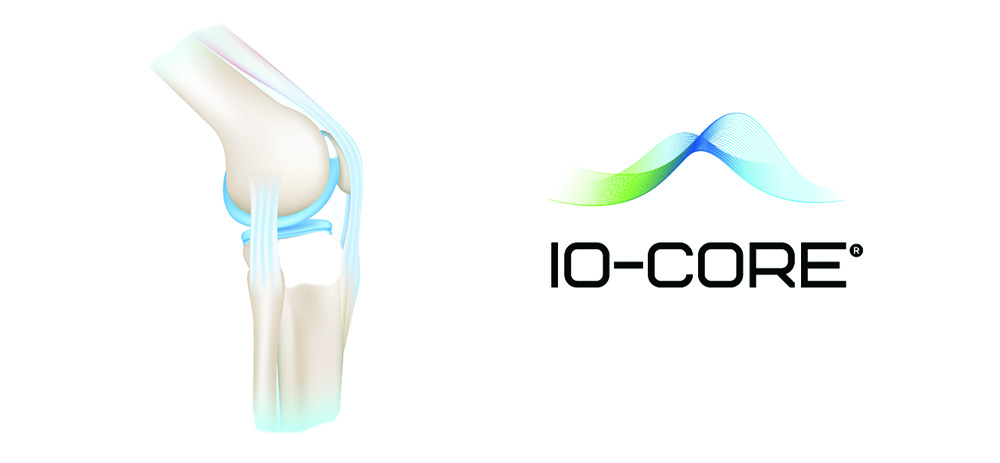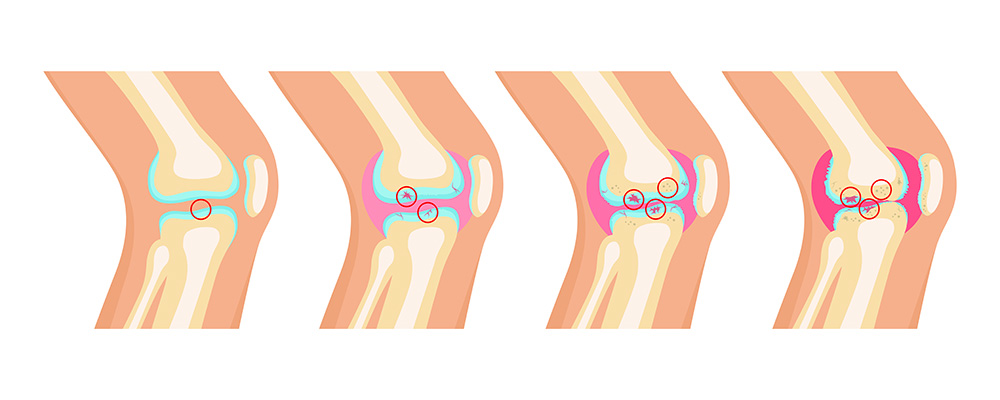Innovative Orthopedic Procedures
Advanced Treatments to Restore Function and Relieve Pain
Overview
Dr. Patrick Bays offers a range of innovative orthopedic procedures designed to treat complex joint, cartilage, and bone conditions. These cutting-edge treatments focus on non-invasive or minimally invasive methods to enhance the body’s natural healing processes and restore function. By utilizing advanced technologies like iO-Core, osteochondral scaffold treatments, titanium substructures, and bone marrow lesion treatments, patients can experience faster recovery times, reduced pain, and improved joint stability.
Each of these procedures is tailored to meet the unique needs of patients, addressing conditions like osteoarthritis, cartilage defects, and bone marrow lesions. Whether you are seeking an alternative to joint replacement surgery or need a solution for chronic joint pain, these treatments aim to improve quality of life through innovative care.
Osteochondral Scaffold Treatments
Osteochondral scaffold treatments involve the use of specially designed scaffolds to repair damaged cartilage and underlying bone in joints. These scaffolds provide a framework that encourages the natural growth of new tissue, helping to regenerate both cartilage and bone.

Procedure:
- A scaffold is placed in the area of cartilage or bone damage.
- The scaffold promotes tissue regeneration by providing structural support.
- Over time, the scaffold is absorbed by the body as natural tissue replaces it.
Benefits:
- Supports regeneration of damaged cartilage and bone.
- Improves joint function and mobility.
- Delays or prevents the need for joint replacement surgery.
Common Uses:
- Treatment of osteochondral defects in the knee, ankle, or shoulder.
- Repairing cartilage damage caused by injury or arthritis.
iO-Core Procedure
The iO-Core procedure targets the root causes of joint pain by addressing both cartilage loss and underlying bone damage. By combining biologics (such as bone marrow aspirate) with orthopedic techniques, iO-Core helps promote healing in areas of degeneration and injury.

Procedure:
- Bone marrow lesions are identified and treated using advanced imaging.
- A small bone graft is placed to help regenerate damaged bone.
- Biologic material is injected to promote cartilage and bone repair..
Benefits:
- Minimally invasive with minimal downtime.
- Reduces pain, improves joint mobility, and may prevent further degeneration.
- Provides long-term relief without the need for joint replacement surgery.
Common Uses:
- Osteoarthritis.
- Bone marrow lesions and subchondral bone damage.
Titanium Substructure
Titanium substructure technology is used to provide strong, biocompatible support to damaged joints. This minimally invasive procedure involves placing a titanium framework to stabilize and support the joint, promoting better function and pain relief.

Procedure:
- A titanium substructure is implanted to provide durable support.
- It stabilizes the joint while allowing for natural tissue regeneration.
Benefits:
- Long-lasting and biocompatible.
- Reduces joint pain and improves stability.
- Provides structural support while promoting tissue healing.
Common Uses:
- Joint stabilization in cases of severe arthritis or trauma.
- Complex joint reconstructions.
Bone Marrow Lesion Treatment
Bone marrow lesions are a common cause of severe joint pain and can accelerate the progression of arthritis. Treatment involves decompressing the affected bone and introducing biologic materials to promote healing and restore joint function.

Procedure:
- The lesion is located using advanced imaging techniques.
- Decompression is performed to relieve pressure and promote blood flow.
- Biologic material, such as bone marrow aspirate, is injected to encourage healing.
Benefits:
- Reduces pain and inflammation.
- Promotes healing in damaged bone and surrounding tissues.
- Can prevent the progression of joint degeneration and delay the need for surgery.
Common Uses:
- Patients with bone marrow lesions linked to osteoarthritis.
- Joint pain caused by underlying bone damage.
